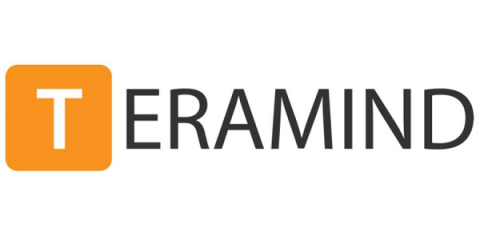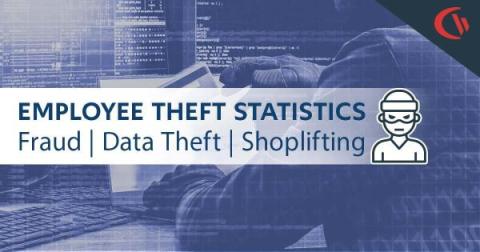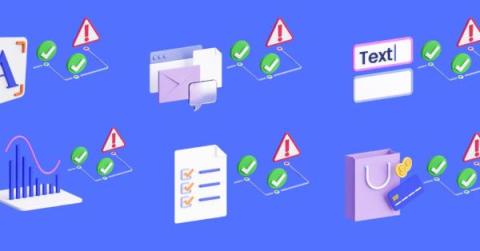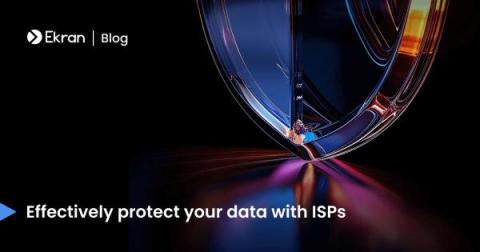Insider Threat Program: How To Setup, Benefits & Tips
Cyberattacks are an ever-present danger for organizations. However, it’s crucial for security teams to recognize that the threat isn’t limited to external actors. Insider threats, originating from within the organization, are a growing concern. In fact, the frequency of data breaches caused by insider threats has surged by nearly 40% since 2018, now accounting for 60% of all breaches.





